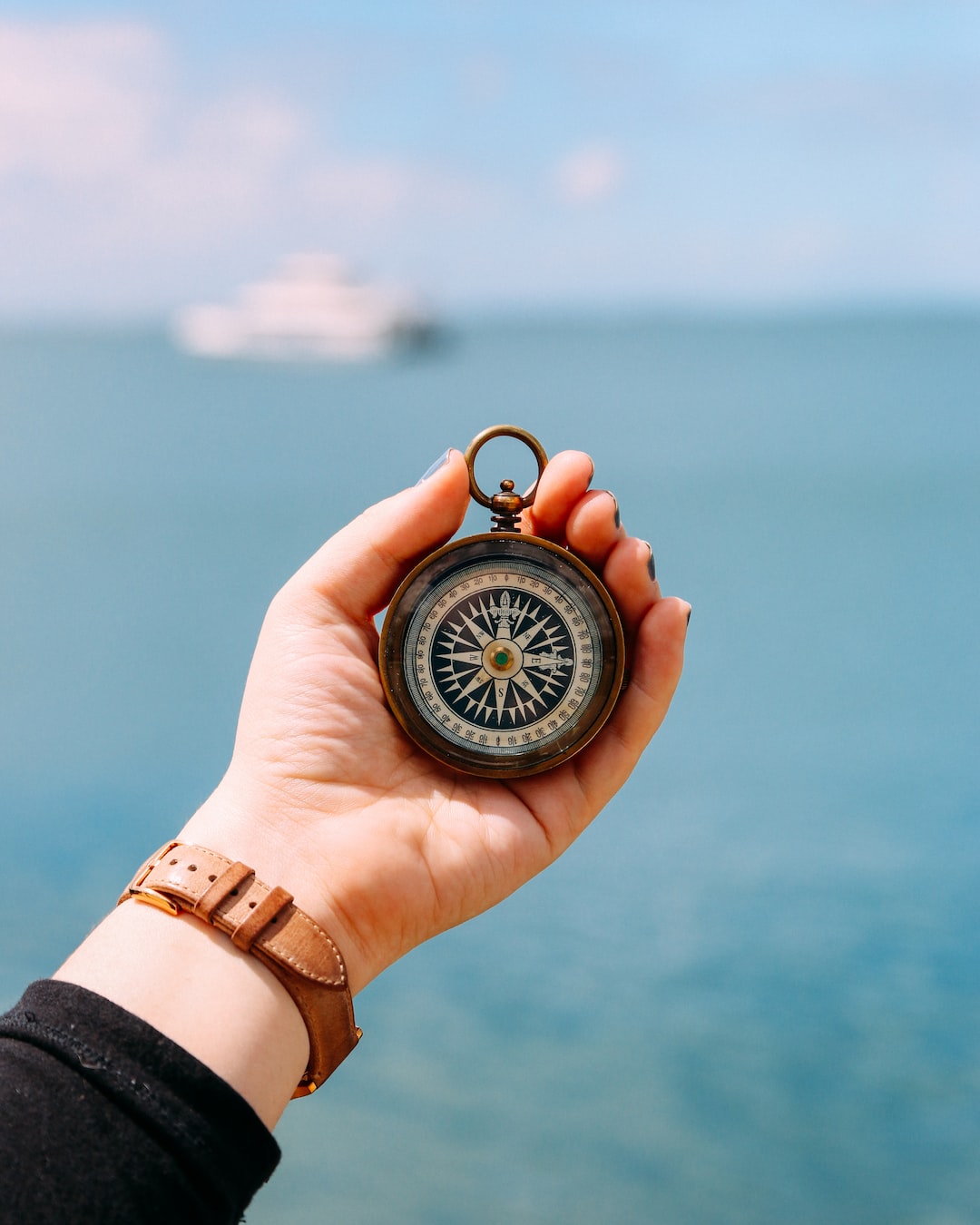From soaring landscapes to psychedelic portraits, digital art has become one of the most exciting and promising forms of creative expression in the 21st century. With the rise of digital technology and user-friendly software, artists around the world are exploring the frontiers of digital art and discovering new possibilities for experimentation, innovation, and collaboration. In this article, we will explore the world of digital art, its history, its tools, and its various forms, as well as its potential to revolutionize the way we interact with art.
The History of Digital Art
Digital art, as a formal artistic practice, emerged in the early 1960s with the introduction of the first computer graphics software. The first digital art show was held in New York in 1965, featuring works by artists such as Nam June Paik and John Whitney. Over the following decades, digital art continued to evolve and spread, with the development of new software, hardware, and networking tools. The emergence of the internet and social media platforms has further expanded the reach and impact of digital art, allowing artists to showcase their work to a global audience.
Tools and Technologies for Digital Art
The tools and technologies for digital art have evolved dramatically in recent years, with sophisticated software such as Photoshop, Procreate, and Blender enabling artists to create complex and intricate digital artworks. There has been a proliferation of user-friendly apps that allow anyone to create digital art with ease, such as Sketchbook, Artflow, and Paper, designed for use with a stylus or a touch screen. With the advent of virtual reality and augmented reality technology, digital art is poised to become even more immersive and interactive, bringing new dimensions to the experience of viewing and creating art.
Forms of Digital Art
Digital art encompasses a broad spectrum of forms and styles, ranging from 2D graphics to 3D animation, from pixel art to glitch art. Some artists use digital tools to create works that emulate traditional media, such as oil painting, watercolor, or charcoal, while others explore the unique possibilities of the digital medium, such as generative art, which uses algorithms to create abstract patterns and shapes. Digital art can also be interactive, such as video games or virtual reality experiences, or collaborative, such as online platforms where artists can share and remix each other’s work.
The Potential of Digital Art
Digital art has the potential to transform the art world in various ways. It offers new opportunities for artists to create and distribute their work, bypassing the traditional gatekeepers of the art world. It also offers new ways for audiences to interact with art, whether through immersive installations, digital galleries, or virtual reality experiences. Digital art can also be used as a tool for social and political activism, as seen in the work of artists such as Ai Weiwei, who uses social media to criticize the Chinese government, or the internet-based art collective, Anonymous, who use digital tools to expose corruption and injustice.
In conclusion, digital art is a diverse and expansive field that offers endless possibilities for creative expression and innovation. It is a field that is constantly evolving, with new technologies and techniques emerging all the time. Whether you are an artist, a collector, or simply a lover of art, digital art is a world worth exploring.

